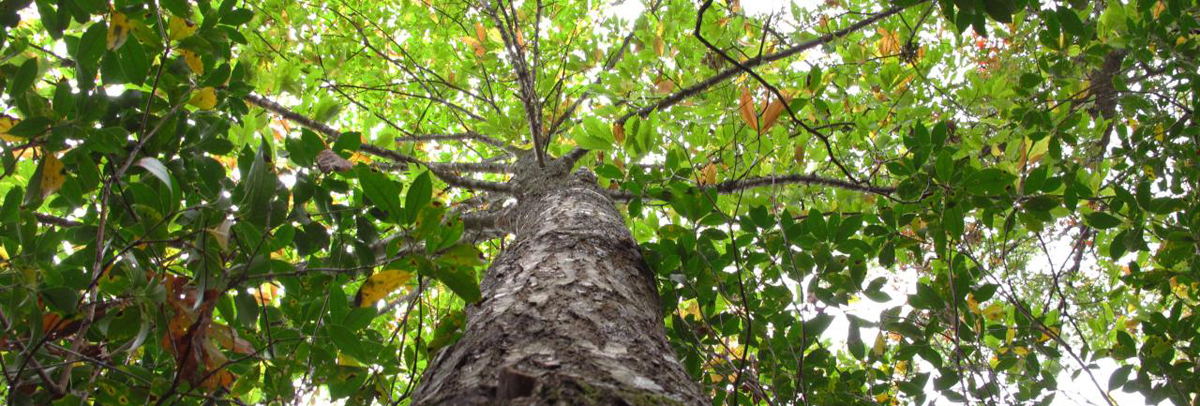One really cool aspect of HemlockFest is the support the festival provides to restoration efforts for the American chestnut.
So, what’s that about? Chestnuts?
Until about 80 years ago, American chestnuts were one of the dominant hardwoods in the eastern forest. It’s estimated that 25% of hardwoods were chestnuts, from Maine to Georgia.

Chestnuts were magnificent forest trees, with 8-10 foot diameter trees often reported. Fast growing, rot resistant, and straight grained, they were prized for their timber. They reliably produced huge quantities of nutritious nuts, supporting both wildlife and human culture.

And then, disaster. Invasive pathogens arrived from Asia, and quickly spread throughout the range. By the 1950s, chestnuts were rapidly disappearing, and today are considered functionally extinct. It is estimated that 4-5 billion trees died over a span of 30 years. It is hard to imagine how dramatic this sudden change to the forest ecology must have been for those that experienced it.
Can We Undo This Tragedy? Chestnut blight kills the above-ground portion of the tree, but the tree usually re-sprouts from the roots. These sprouts can be found all throughout the forest, but they rarely grow very large before again succumbing to blight. Even though the trees rarely succeed in the forest, the genetic material is readily available for a really big science project – what if we could undo the damage? Maybe we can!
Enter the American Chestnut Foundation (TACF)
Starting in 1983, a group of plant scientists started TACF, with the goal of developing a blight resistant chestnut, and reintroducing them into the forest. A closely related species, the Chinese chestnut, has very high resistance to the blight. Using a sophisticated back-cross and inter-cross breeding program with Chinese trees, in conjunction with advanced biotechnology techniques, TACF is developing lines of chestnuts that are almost 100% American, but have the ability to succeed in the forest.

Will It Work?
We think so, but we are not finished. Current work involves screening trees for resistance, testing them in the greenhouse, then in orchards, and finally in forest plantings. Much work remains, but we have made lots of progress and are very optimistic. Additionally, a major effort is underway to capture the genetic diversity of the original chestnut range. A chestnut that evolved in Maine has different characteristics from southern trees. The breeding program is designed to capture this genetic diversity so that when reintroduction begins, the diversity is not lost.
What About Here in Georgia?
TACF does a large amount of work through state chapters. The Georgia chapter (GA-TACF) is one of the most active in the country. Since 2016, HemlockFest has been a major donor to Georgia’s efforts. GA-TACF has hundreds of chestnut testing sites, with thousands of trees growing.

How Can I Help?
One of the coolest things about this effort is that it is driven almost totally by citizen scientists. In Georgia, over 100 volunteers assist with test orchard management, locating wild trees, collecting nuts, and helping to spread the word. No scientific background is required, just an interest in preserving our healthy natural environment. GA-TACF would love to hear from you! Can you imagine being part of something as magnificent as undoing one of the greatest ecological disasters in America?
For more information, go to www.tacf.org. And while you are at HemlockFest, stop by the GA-TACF tent and get the latest info from the experts!









